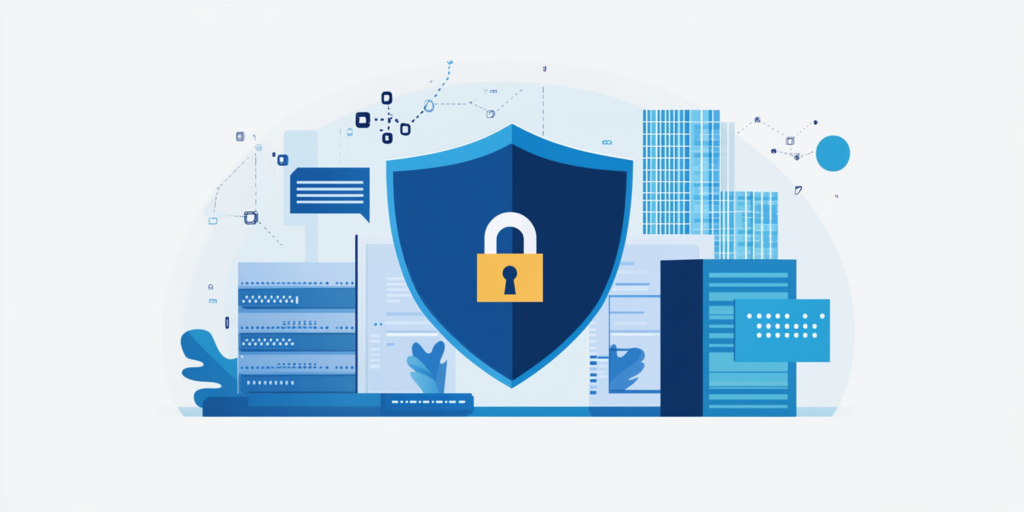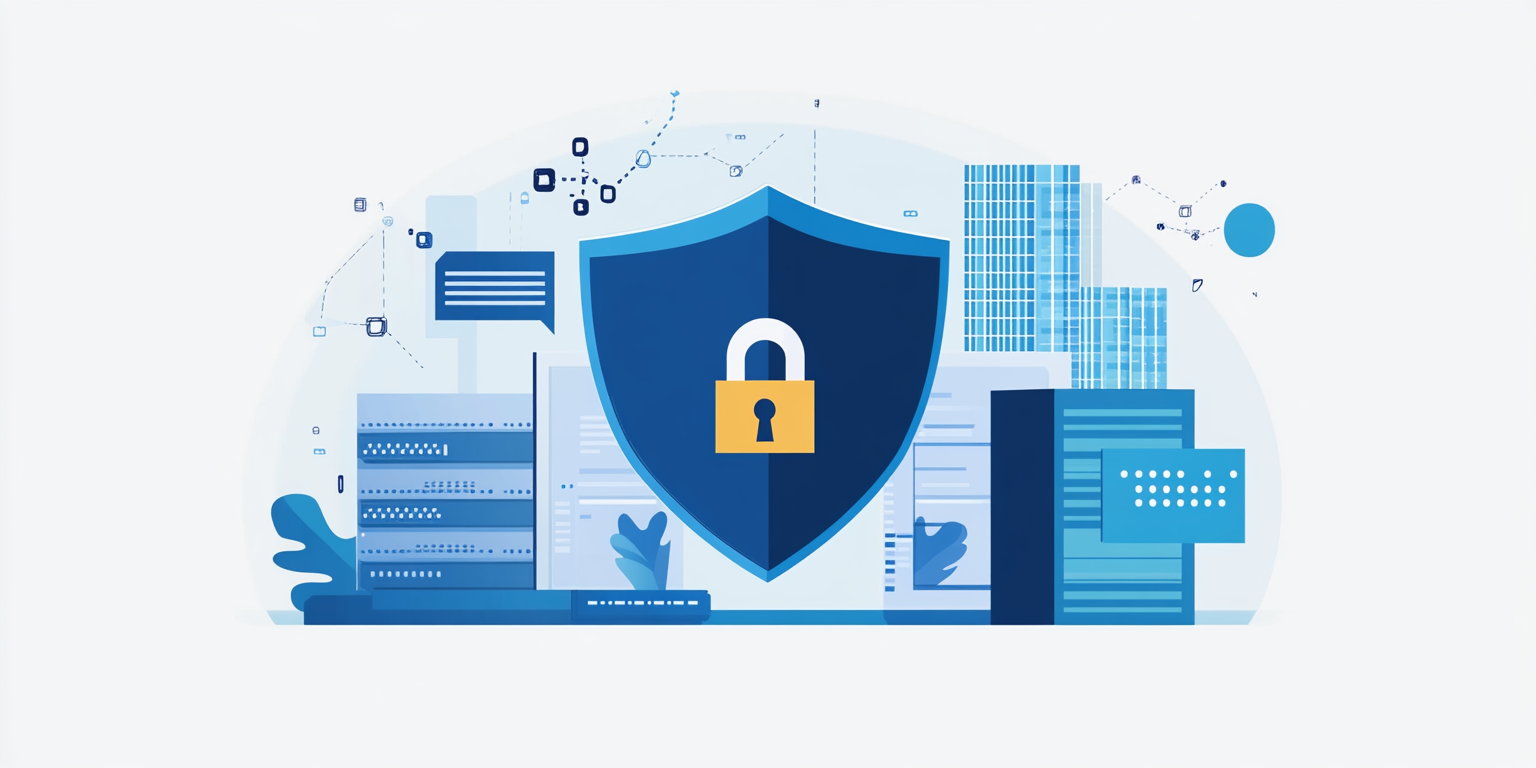Azure Governance and Security Best Practices

Introduction:
In today’s digital age, the cloud is the backbone of every innovative organization. Microsoft Azure offers unmatched scalability and flexibility, but ensuring robust governance and security is crucial to protecting data, maintaining compliance, and optimizing costs. Let’s dive into the most essential best practices to achieve a secure and well-managed Azure environment.
🌟 1. Define Governance with Clarity
Establishing well-defined governance policies is the cornerstone of a successful Azure implementation. Here’s how you can build a solid foundation:
- Azure Policy: Enforce organizational rules by setting policies like restricting public IPs or mandating specific regions for resource deployment.
- Management Groups: Structure subscriptions using management groups for consistent policy application.
- Tagging Strategy: Use tags like Environment, Project, and Owner to organize and monitor resources effectively.
🎯 Pro Tip: Automate compliance enforcement with Azure Policy initiatives for large-scale governance.
🔒 2. Strengthen Identity and Access Management (IAM)
Azure Active Directory (Azure AD) is the heart of identity management. Follow these practices for maximum security:
- MFA Everywhere: Multi-Factor Authentication is non-negotiable. Enable it across all user accounts.
- Principle of Least Privilege: Assign minimum access rights using Role-Based Access Control (RBAC).
- Conditional Access Policies: Customize access rules based on user risk, location, or device compliance.
🔑 Did You Know? You can integrate Azure AD with third-party applications to centralize access management.
🌐 3. Secure Your Network Architecture
A well-designed network architecture prevents unauthorized access and isolates threats. Key practices include:
- Network Security Groups (NSGs): Control traffic at the subnet and NIC level.
- Azure Firewall: Apply centralized, policy-based traffic filtering.
- Private Endpoints: Access Azure services privately without exposing data to the public internet.
- DDoS Protection: Shield critical workloads from Distributed Denial-of-Service (DDoS) attacks.
🔥 Quick Win: Enable Just-in-Time VM Access to minimize attack surfaces.
🛡️ 4. Protect Your Data
Your data is your greatest asset. Ensure its security with these steps:
- Encryption: Enable Azure Storage Encryption and Azure Disk Encryption.
- Azure Key Vault: Store secrets, certificates, and encryption keys securely.
- Data Classification: Use Azure Information Protection (AIP) to label and classify sensitive data.
📢 Pro Tip: Audit data access with Azure Monitor and act on anomalies quickly.
📈 5. Monitor, Detect, and Respond
Real-time monitoring and threat detection are vital for a resilient Azure environment. Utilize:
- Azure Monitor: Gain visibility into performance and health metrics.
- Microsoft Defender for Cloud: Strengthen your security posture with actionable recommendations.
- Azure Sentinel: Leverage this cloud-native SIEM tool for advanced threat detection and automated responses.
🔍 Stay Ahead: Create custom threat alerts tailored to your organization’s needs.
💰 6. Optimize Costs While Staying Secure
Governance isn’t just about compliance—it’s also about cost control. Follow these practices to keep your spending in check:
- Azure Cost Management: Track and analyze your resource costs.
- Set Budgets: Configure alerts for spending thresholds to prevent overages.
- Reservations and Spot VMs: Save up to 72% on workloads with Reserved Instances and Spot VMs.
💡 Pro Tip: Tag resources with cost-related metadata to identify optimization opportunities easily.
📜 7. Embrace Compliance and Zero-Trust Principles
Staying compliant with regulations is non-negotiable. At the same time, adopting a Zero-Trust model enhances security.
- Azure Blueprints: Use prebuilt templates to accelerate regulatory compliance.
- Zero-Trust Approach: Assume no trust by default. Authenticate explicitly, enforce least privilege, and segment your network aggressively.
- Compliance Manager: Leverage Azure’s built-in tools to monitor your adherence to standards like GDPR, HIPAA, and ISO.
🔒 Mindset Shift: Security is a shared responsibility—engage every team member.
⚙️ 8. Plan for Business Continuity
Prepare for the unexpected with robust backup and disaster recovery mechanisms:
- Azure Backup: Automate backups for virtual machines, databases, and files.
- Azure Site Recovery (ASR): Ensure high availability with seamless failover capabilities.
- Georedundancy: Store critical data across multiple regions for added resilience.
📂 Pro Tip: Test your recovery plans regularly to minimize downtime.
🚀 9. Commit to Continuous Improvement
Azure governance and security are not static—they evolve with your business. Make it a priority to:
- Review Policies Regularly: Audit IAM, policies, and cost configurations every quarter.
- Stay Updated: Follow Azure updates to adopt the latest features.
- Invest in Training: Upskill your team to stay ahead of security trends.
✨ Final Thought: The more proactive you are, the more secure and efficient your environment will be.
Conclusion:
By implementing these best practices, your organization can thrive in Azure’s dynamic ecosystem while ensuring security, compliance, and cost efficiency. Azure provides the tools—you provide the strategy. Together, you create a cloud environment that drives innovation while safeguarding what matters most.






